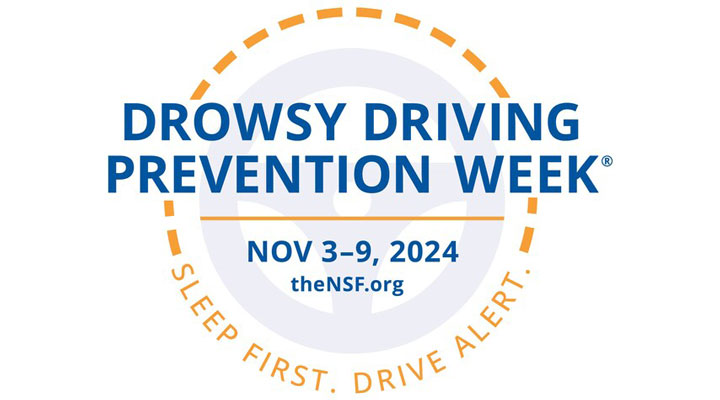
The first full week of November is Drowsy Driving Prevention Week. The National Sleep Foundation says nearly half of U.S. adult drivers admit to often getting behind the wheel while feeling drowsy. About 20% acknowledge falling asleep behind the wheel within the past year. More than 40% admit they’ve fallen asleep at the wheel at some point during their driving career. In America, we see more than 6,400 deaths and 50,000 serious injuries result from drowsy drivers.
Who’s more likely to drive drowsy?
- Drivers who simply are not getting enough sleep.
- Commercial drivers like those who control vehicles like tow trucks, tractor-trailers, and buses.
- Employees that work the night shift or long shifts.
- Drivers with untreated sleep disorders. Examples of untreated sleep disorders include sleep apnea and narcolepsy.
- Drivers who use medications that make them sleepy.
To remain alert and avoid drowsiness, AAA suggests:
- Get enough sleep, at least six hours, the night before a long trip.
- Travel during the times you are generally awake. Stay overnight (at a hotel or a friend or relative’s home) rather than driving straight through.
- Schedule a break. Decide whether it is every two or three hours or stop at a certain amount of miles (e.g. 100-150 miles).
- If you find yourself becoming too sleepy, pull over.
- Do not plan to work all day and drive through the night.
- Travel with an awake passenger
It is easy to get caught up in our everyday errands and responsibilities, neglecting our health, resulting in fatigue. If you’re suffering from sleep deprivation, we encourage you to find an inroad into self-care and make your health your priority. You will be safer and others on the road will thank you.
#sleepfirst
